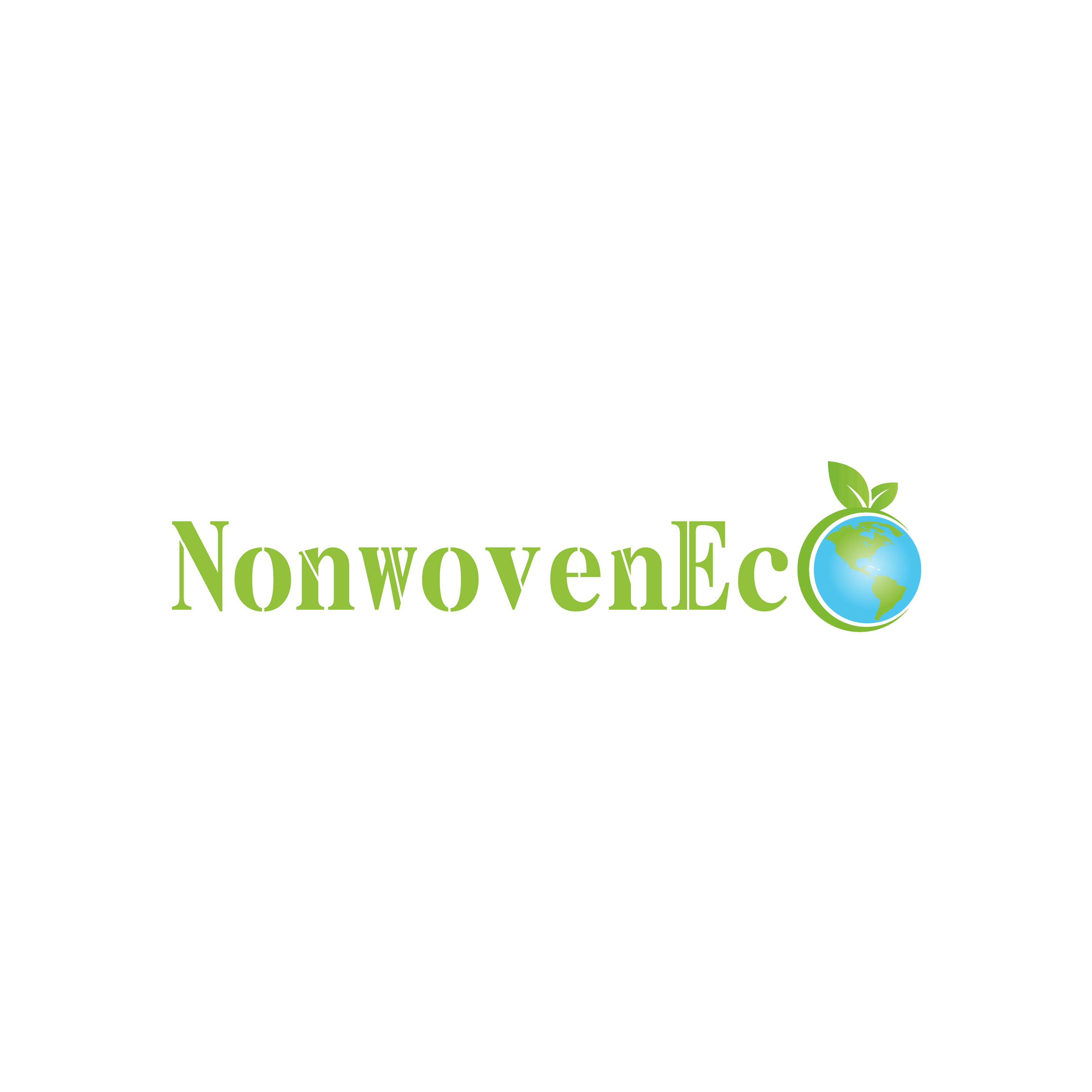FAQ
1. Q: Are you factory or trade company?
A: Firstly, we are manufacturer. Hongpeng Group Company which owns a Non-woven fabric mill and a foreign trade company dedicated to overseas market, handling Customs procedures with a registered qualification.
2. Q: How can I get the sample? Is it free of charge?
A: Once the quoted price is agreed, we can send the sample for free, including freight.
3. Q: What is the lead time?
A: For regular goods, we have sufficient inventory, immediate shipment. For customized goods, 5-7 days after deposit received.
4. Q: What is the MOQ?
A: 1000kg
5. Q: What is the loading capacity of each container?
A: 4-5tons for 20' container; 9-11 tons for 40' HQ container. Depends on the packaging requirements, pallets, cartons etc.
6. Q: What makes you different from the others? We got so many options.
A: Firstly, Competetive price, our factory is located nearby the port, and we got our own trading company, pallets and cartons mill, which can lower the cost.
Secondly, 27+ years' experience in this industry, We value reputation more than short term benefits. Quality control in production and post sale.
Thirdly, Know-how team. We have professional staff in terms of products solutions, trade related procedures, idiomatic language skills, customers centric belief.
Fourthly, flexible order amount and payment terms.
Non-woven Fabric Wiki:
Q: What is Non-woven fabric?
A: Nonwoven fabrics are broadly defined as sheet or web structures bonded together by entangling fiber or filaments (and by perforating films) mechanically, thermally, or chemically. They are flat, porous sheets that are made directly from separate fibers or from molten plastic or plastic film. They are not made by weaving or knitting and do not require converting the fibers to yarn.
Q: How is a Nonwoven fabric used?
A: Nonwovens may be a limited-life, single-use fabric or a very durable fabric. Nonwoven fabrics provide specific functions such as absorbency, liquid repellency, resilience, stretch, softness, strength, flame retardancy, washability, cushioning, filtering, bacterial barriers and sterility. These properties are often combined to create fabrics suited for specific jobs while achieving a good balance between product use-life and cost. They can mimic the appearance, texture and strength of a woven fabric, and can be as bulky as the thickest paddings.
2. Q: How can I get the sample? Is it free of charge?
A: Once the quoted price is agreed, we can send the sample for free, including freight.
3. Q: What is the lead time?
A: For regular goods, we have sufficient inventory, immediate shipment. For customized goods, 5-7 days after deposit received.
4. Q: What is the MOQ?
A: 1000kg
5. Q: What is the loading capacity of each container?
A: 4-5tons for 20' container; 9-11 tons for 40' HQ container. Depends on the packaging requirements, pallets, cartons etc.
6. Q: What makes you different from the others? We got so many options.
A: Firstly, Competetive price, our factory is located nearby the port, and we got our own trading company, pallets and cartons mill, which can lower the cost.
Secondly, 27+ years' experience in this industry, We value reputation more than short term benefits. Quality control in production and post sale.
Thirdly, Know-how team. We have professional staff in terms of products solutions, trade related procedures, idiomatic language skills, customers centric belief.
Fourthly, flexible order amount and payment terms.
Non-woven Fabric Wiki:
Q: What is Non-woven fabric?
A: Nonwoven fabrics are broadly defined as sheet or web structures bonded together by entangling fiber or filaments (and by perforating films) mechanically, thermally, or chemically. They are flat, porous sheets that are made directly from separate fibers or from molten plastic or plastic film. They are not made by weaving or knitting and do not require converting the fibers to yarn.
Q: How is a Nonwoven fabric used?
A: Nonwovens may be a limited-life, single-use fabric or a very durable fabric. Nonwoven fabrics provide specific functions such as absorbency, liquid repellency, resilience, stretch, softness, strength, flame retardancy, washability, cushioning, filtering, bacterial barriers and sterility. These properties are often combined to create fabrics suited for specific jobs while achieving a good balance between product use-life and cost. They can mimic the appearance, texture and strength of a woven fabric, and can be as bulky as the thickest paddings.
Following are just a few of the properties that can be attained using nonwoven fabrics:
- Absorbency
- Bacterial barrier
- Cushioning
- Filtering
- Flame retardancy
- Liquid repellency
- Resilience
- Softness
- Sterility
- Strength
- Stretch
- Washability
Today, innovations in nonwoven fabrics are growing as rapidly as the demand for them, with almost unlimited possibilities for a wide variety of industries, including:
- Agricultural coverings
- Agricultural seed strips
- Apparel linings
- Automotive headliners
- Automotive upholstery
- Carpeting
- Civil engineering fabrics
- Civil engineering geotextiles
- Disposable diapers
- Envelopes
- Filters
- House wraps
- Household & personal wipes
- Hygiene products
- Insulation
- Labels
- Laundry aids
- Roofing
- Sterile medical-use products
- Tags
- Upholstery
-
Wall coverings
FAQ
Contact Us

Name: Vincent Yang
Mobile: +86-13552182663
E-mail: [email protected]
E-mail: [email protected]
WeChat: +86 13552182663
Whatsapp: +86 13552182663
Add: Yanyang Road, Shuyang Industrial Park, Xianghe County, 065400, Hebei Province, R.R.C.







 WhatsApp
WhatsApp  Mail inquiry
Mail inquiry